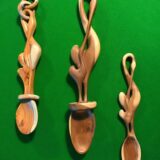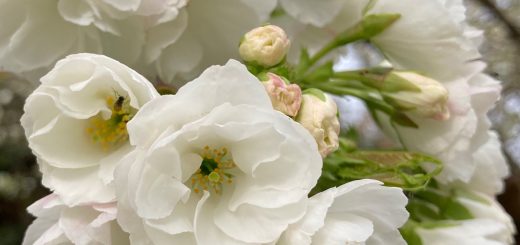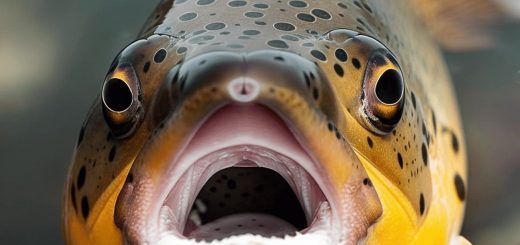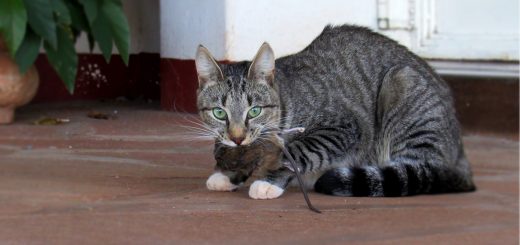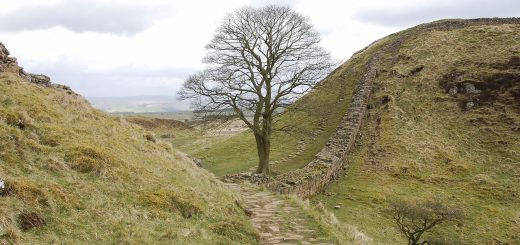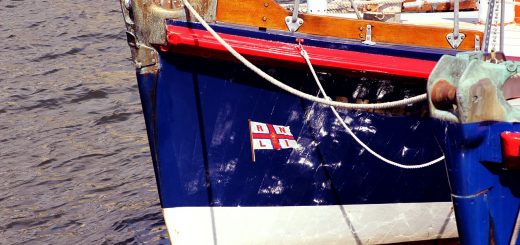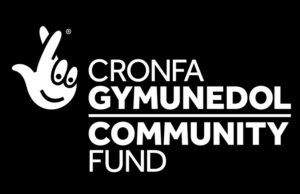Wild Pembrokeshire with David Gardner: Spring is in the Air
“Spring is sprung, the grass is riz. I wonder where them birdies is?
“The birds are on the wing! But that’s absurd – the wing is on the bird!” Anon

As I write in late April, we are well past the spring equinox and the world has started to come to life around us. What a wonderful time of year it is, my favourite, and so welcome after the drab chill of winter. As the old piece of nonsense rhyme suggests, the grass is indeed riz, as evidenced by the fact that I have just had to mow my lawns for the second time, taking care as always to avoid the wonderful interwoven patches of celandines, daisies, violets, clover, dandelions and speedwell that provide such welcome beauty and colour for us and such essential nectar for the early insects needing to feed after their winter dormancy.


And the birds are indeed on the wing with much excited coming and going, courtship and nesting, feeding forays and migratory journeys. The populations of visitors that had travelled here from the continent in the autumn to overwinter in our less rigorous western conditions have been trickling back home over recent weeks and have now largely disappeared from our gardens and countryside. Starlings, fieldfares, redwings, wildfowl, woodcock and even those nomadic robins, blackbirds and other common species that had visited us from the Continent have now left us to be replaced by our summer visitors from the south.
I remember with delight hearing my first chiffchaff of the year earlier in April. It was calling from a blackthorn bush as it recovered from its flight from sub-Saharan Africa, such a welcome and reassuring reminder that despite all the man-made threats and mayhem going on all around us, nature is still somehow continuing to try to survive and do what it has done over thousands of years.


I have since heard many chiffchaffs and seen evidence of the return of other species to our shores to bring a gladdening of the heart and a sense of hope for the future. Over the fields and trackways along the coastal fringe of Pembrokeshire I have watched swallows and martins scything the air for insects, refueling after making landfall from their long journeys. Puffins and other seabirds are once again on the cliffs and slopes of Pembrokeshire’s islands in good numbers, and, farther north, the two Dyfi ospreys have returned safely and are already incubating three eggs.
My neighbour had the fortune to hear a cuckoo on St Davids airfield over the weekend, wheatears are once again flashing their white rumps from fence posts and dry stone walls, and the first whitethroats are starting to churr from the depths of gorse bushes along the coast path. But all is not yet as it should be… I have yet to hear a single willow warbler and the few swallows and martins that normally return to hawk over my garden in Trefin have yet to appear. It will be interesting to see how the season progresses, but I hope they will be here soon to bring their special magic to the skies and the telephone wires.
Other harbingers of spring have been putting in a welcome appearance. Butterflies and bees are slowly returning when the sun is out and the wind drops sufficiently to allow them to flit across the garden without being battered. Orange tip, large white, small tortoiseshell, peacock and red admiral butterflies together with a few bumble bees have paid temporary visits so far, but the vicious cold winds have kept numbers down. Two toads have been croaking out their unrequited love songs alongside the small ponds in my garden and three palmate newts have been visible in gaps in the pond weeds in the light of my head torch after dark. A hedgehog on its night-time forays has been caught on my trail camera together with a passing fox and badgers looking for scraps. There has been no sign yet of the grass snakes or lizards at the bottom of the garden, but they have probably been deterred from venturing out to bask by the biting cold winds that have also kept the numbers of insects down.

I did find a common lizard in the middle of the road through the village recently, but it was probably still chilled as I managed to catch it easily to move it to the safer environment of the hedgerow. It had probably had a previous close encounter with a local cat as there was evidence that the tail had re-grown after it had been lost. Lizards can shed their tails when caught by a predator, the separated and still twitching tail being a distraction while the rest of the animal makes good its escape. I am grateful that my handling of the precious little animal did not cause a second de-tailing!
Of course, the special miracle that people notice most is the sudden abundance in the landscape of the year’s first flush of flowers. The hedgerows, banks, roadside verges and woodlands are magically washed with splashes of gold, white, violet and blue as the delicate blossoms brave the last ravages of winter. This flowering highlights the stark contrast between the richness of life in the uncultivated areas of the countryside and the drab paucity of life in the majority of areas blighted by current farming practices. Thank goodness for the roadside verges which are the last strongholds for wild flowers throughout much of the county and without which our lives would be impoverished, and the early appearing insects and other life would not be able to survive. While modern farming practices continue to produce unrelenting monoculture deserts of rye grass, these last bastions of wildness remain vital and must be protected at all costs.

Common gorse (Ulex europaeus), which bears some golden blossoms throughout the winter, comes into its own in the spring, filling the landscape with rich gold and the air with the scent of coconut. Another local gorse species, the smaller western gorse (Ulex gallii), flowers in late summer making it appear as though there are gorse flowers throughout the year and giving rise to the delightful old country saying ‘When gorse is out of blossom, kissing’s out of fashion’.
Wonderful though the gorse is, if I had to choose one favourite from all the rich diversity of springtime wonders that take my breath away, for me it is the blackthorn that takes the crown. If the blowsy golden gorse is king and the violets, daffodils, narcissi and primroses are the courtiers, it is the blackthorn with its sparkling and romantic drifts of white on black that is the undisputed queen of the hedgerow and scrubland in March and April. As the year moves into May the carpets of bluebells which paint the woods, banks and islands with a shimmering azure haze provide a challenge to the blackthorn for my favours, but the blackthorn’s displays always bring joy at a time of the year when it is most needed.
In my next article I will be taking you on a volunteer work party visit to the wonderful woodland of Pengelli Forest near Newport, home of dormice, barbastelle bats and silver-washed fritillaries to name but a few of its more exotic occupants. I hope you will join me.

Please note that all the images displayed here are protected by copyright and we have David’s kind permission to use them. David Gardner has a background in the environmental and conservation fields having been, inter alia, a salmon and trout farm manager, fisheries and conservation manager with the National Rivers Authority, and chairman of the Wildlife Trust of South and West Wales. He is also a dealer in art and antiques, which must go some way to explaining what a great eye he has for creating beautiful images of the world around us. He can supply high-quality prints of these and other images to order, and he is happy to accept commissions if you have special subjects in mind.
Photographs ©David Gardner
Contact him at David4Rugs@aol.com
Website: https://davidgardnerphotography.com
Or on his Facebook pages https://www.facebook.com/Piscesenvironmentalservices/










